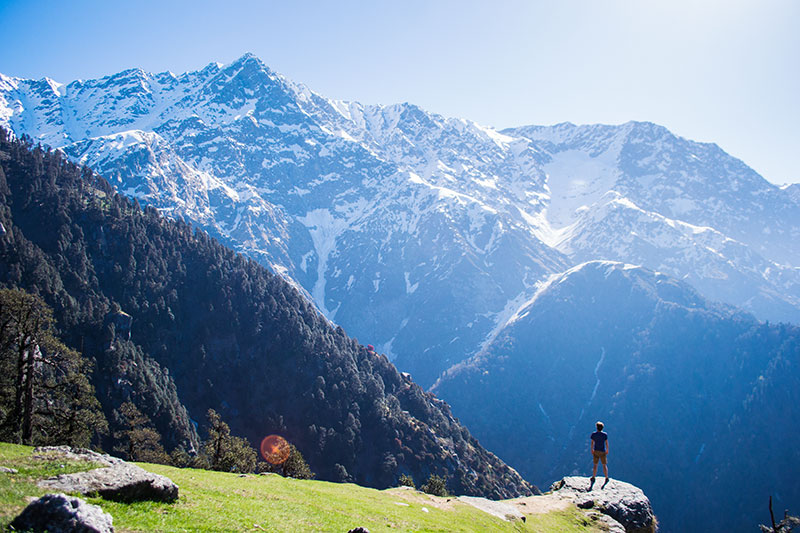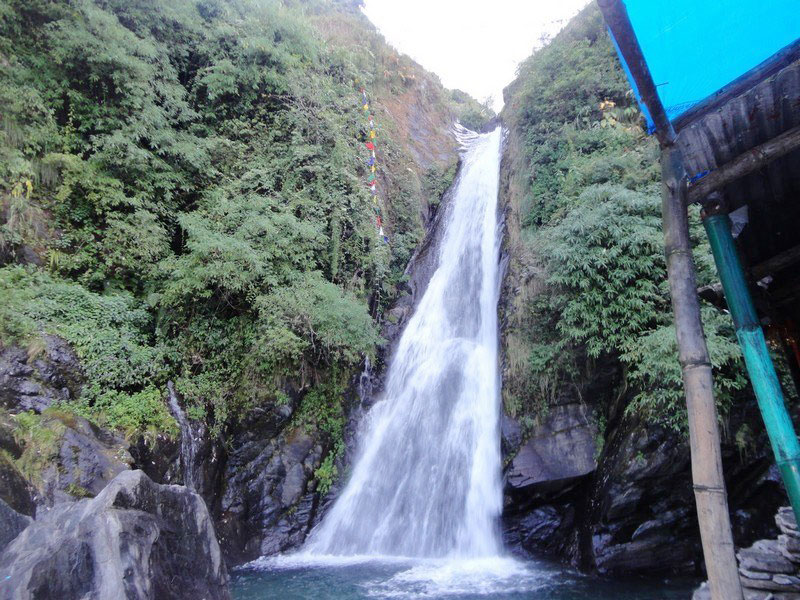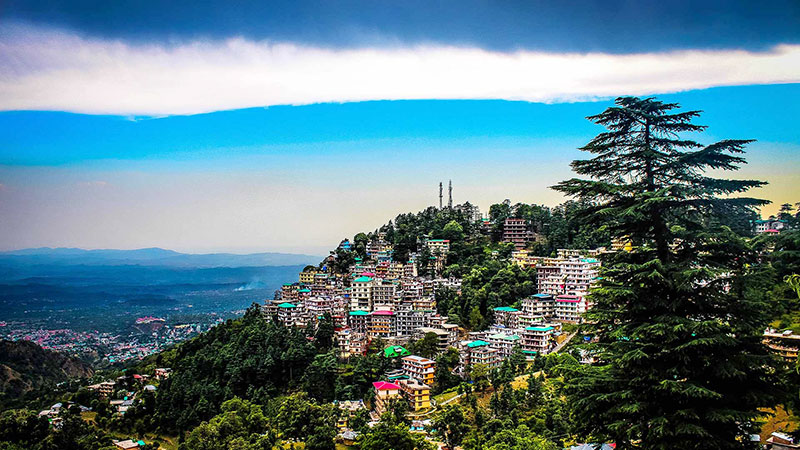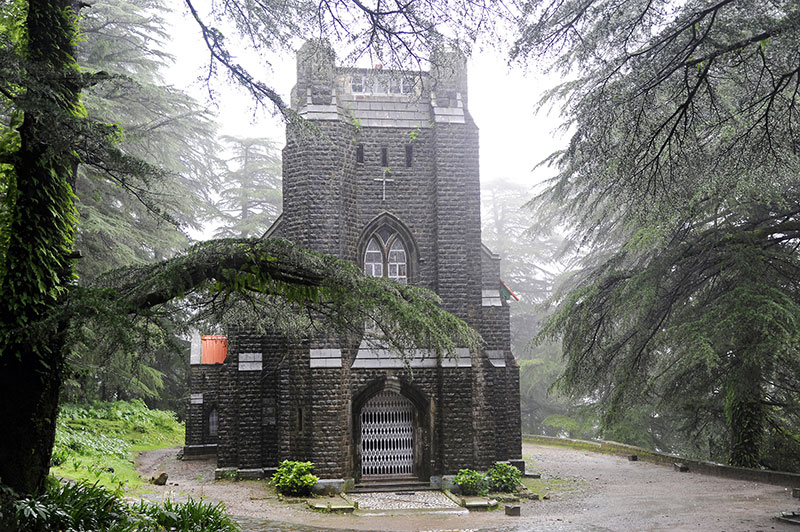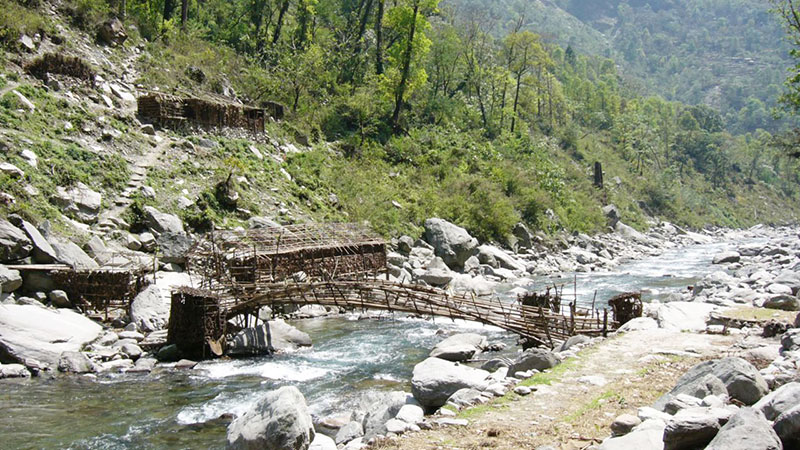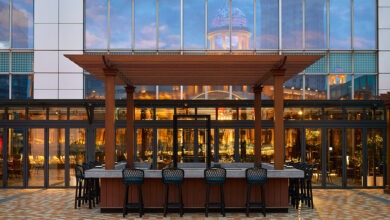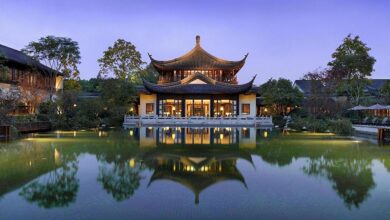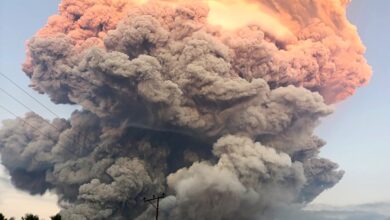Dharamshala, a nature retreat, a spiritual center

India, home to one of the oldest civilizations in the world and often described as the heart of Asia, is a semi-continent sized country with the largest population in the world.
The 1.4 billion inhabitants of this land, or one in six of the global population, live and thrive in a nation that is the most multicultural, multiracial, multi-religious and multi-linguistic in the world. The unity that prevails amid this vast diversity is also an aspect of the country that is of great pride to Indians everywhere.
A land of spectacular natural landscapes, myriad attractions and stark contrasts, India’s conflation of riotous colors, cacophonous sounds, and spiritual serenity, leaves first-time visitors as well as seasoned travelers spellbound. India’s multiplicity of experiences, its vast and varied terrain, its budget-friendly tourism venues and transport options, as well the friendly and welcoming attitude of its billion-plus people to visitors, rank the country among the most popular tourist destinations in the world.
However, attempting to experience India in one visit is next to impossible; people who have spent a lifetime in this land have at best seen only a fraction of what this nation offers across its vastness of mountains, valleys, plains and coastlines. A more viable option is to experience the country in bite-sized chunks of several visits, and to limit each trip to exploring a specific place or region.
Your exploration of India could begin right from the geographic top of the country with a visit to Dharamshala, a place that often flies below the radar of most visitors. The winter capital of the Indian state of Himachal Pradesh, Dharamshala, is a nature retreat famed for its rejuvenating sulfur springs, as well as for being a religious center of Tibetan Buddhism, and home to His Holiness the 14th Dalai Lama, the spiritual leader of Tibetans.
Lying on the upper reaches of the Kangra Valley, this hillside city offers a secluded retreat in the midst of a picturesque landscape. Surrounded by dense coniferous forests of mainly majestic deodar cedar trees, Dharamshala lies in the shadow of the Dhauladhar mountains that form part of the Himalayan chain.
Tourists can choose to go off on nature walks through verdant landscapes or along the banks of pristine lakes, they can seek religious solace inside quaint churches nestled in groves, or in one of the many ancient temples that greet visitors at every turn. As a popular center of Tibetan Buddhism, Dharamshala is dotted with colorful monasteries, ascetic monks, and fluttering rectangular prayer flags strung along pathways and mountain trails.
Some of the places not to be missed during a visit to the area include:
Norbulingka Institute: Taking a museum break can lead one to the renowned Norbulingka Institute that serves as a repository for the art and culture of Tibetan Buddhism. The institute has helped maintain and preserve Tibetan traditions through generations. Visitors can also get a first-hand experience of Tibetan art by interacting with local artisans engaged in weaving, wood carving and in creating thangka painting and applique, using methods practiced and passed down over the centuries.
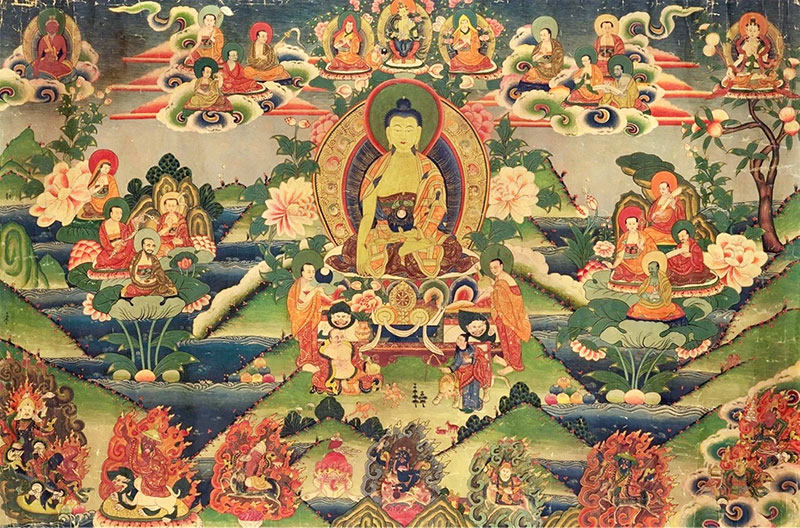
Thangka paintings of Dharamshala: Particularly popular among souvenir-buyers, these paintings or applique work made on silk or cotton scrolls are considered a beautiful way of conveying messages of Buddhist philosophy. While they are quite appealing aesthetically, they are also used for meditative purposes as practitioners focus on the deities depicted in the paintings. You can also find a fine selection of these exquisite multi-hued thangka paintings, in addition to miniature Buddha statues, singing bowls and other Tibetan handicrafts, in the bazaars lining Dharamshala.
Bhagsu Nag: A major attraction near McLeodganj, Bhagsu Nag is a temple that was rebuilt by the first Gurkha Rifles regiment stationed here after the earthquake in 1905. The temple is a place for pilgrimage for the indigenous Gurkha people from the nearby villages of Bhagsu and Dharamkot and is located in Bhagsu village near the Dal lake. During monsoons, the Bhagsu Waterfall, located around 10 minutes from the temple, is a delightful sight with its full bodied stream fallingg down well over 20 meters, enhancing the contrasting black and green colors of the rocks and vegetation. One of the most popular attractions around Dharamsala, Bhagsu is frequented by tourists and adventure enthusiasts alike owing to the numerous trails in the area that offer short albeit delightful journeys through the surrounding forests.
McLeodganj: Named after Donald McLeod, the former lieutenant-governor of Punjab during the British colonial era, this serene hill town near Dharamsala, is bestowed with unparalleled natural beauty in the form of verdant landscapes and snow-capped mountains. Perched at a height of 1,770 m above sea level, tourists can enjoy trekking along mountain trails, shop for unique Tibetan handicrafts, or sample the rich flavors of Tibetan cuisine. Because of its rich Buddhist heritage, and the place of residence of the 14th Dalai Lama, the town is also known as Little Lhasa, the traditional capital of Tibet.
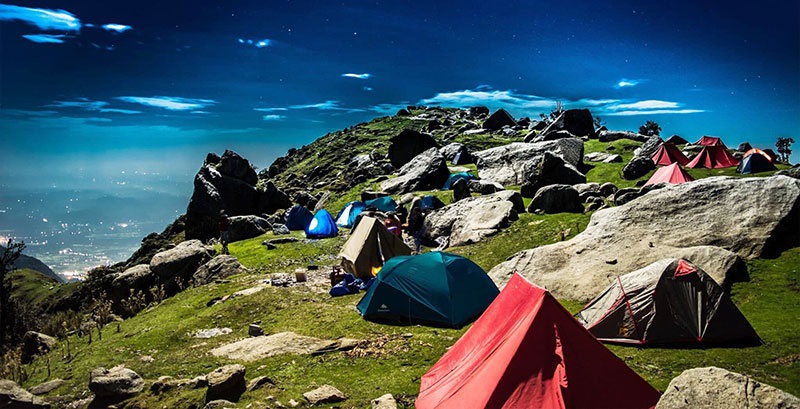
Triund: A popular hill station in the Dharamkot area of McLeodganj, Triund is the starting point for various trails that go up the Triund Hill. Some of the trails lead to the vantage Inderahara point on Mount Dhauladhar. From the top of Triund Hill, one can witness the spectacular Dhauladhar range rising over the area and the vast, lush green meadows that together offer a surreal experience. The trek, which begins from Dharamkot is 18 km long and the entire journey takes a maximum of six hours depending on your pace. The best months to visit are January, if you are looking for snowfall, and March-May for spectacular and clear views of the vast forest and the mountain ranges. It lies about half an hour away from Dharamsala.
Masroor Temple Complex: Very rarely does one come across a temple as unique as the Masroor Temple, while traveling in the northern part of India. Located 40 km from Dharamsala, this temple complex is popular for its distinguished architecture, and as an important archaeological site that dates back to the 8th and 9th centuries. As you enter the complex, you will be left mesmerized by the beautiful sight of the temple getting reflected in the Masroor Lake, located nearby. All the 15 temples here are believed to have been carved out of a single rock. Built in the shikhara (spire) style of architecture, the rock-cut temples in the complex date back to the monolithic age and share a stark resemblance with the temples at Cambodia’s Angkor Wat.
St John in the Wilderness Church: Nestled amongst tall coniferous and pine trees the church, widely known for its architectural intricacies and Gothic style, is open only for the weekly mass on Sundays. The beautiful polished wood of the altar railings and the brass oil lamps along with stained glass windows are particularly attractive and diminish the forbidding appearance of the stone building. A huge church bell near the entrance was brought especially from England in 1915. A memorial that dominates the serene environs is the elaborate stone structure erected in honor of Lord Elgin, the British Viceroy who died at Dharamsala in 1863.
Tatwani Hot Springs: Located 18 km south of Kangra airport and a day-trip away from McLeodganj, Tatwani Hot Springs, though existing for eons and known only to the native people, became a major tourist attraction only in recent years. A gift of nature and set amidst a rural environs, the hot spring waters of Tatwani have been flowing for millennia from their underground source. Medicinal and rejuvenating properties attributed to the hot springs, mainly due to the sulfurous content of its waters, continue to attract visitors seeking relief to their bodily ailments.








